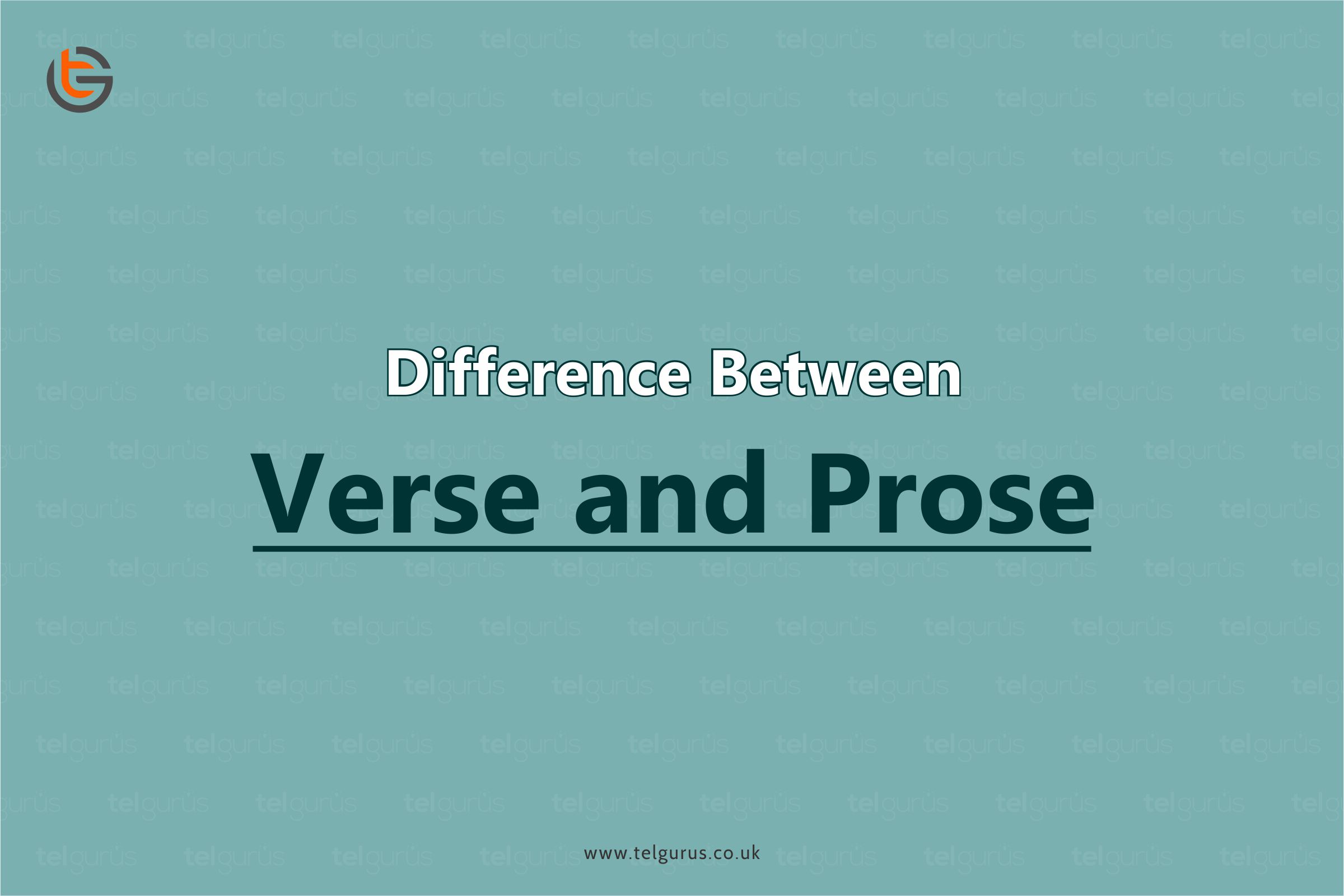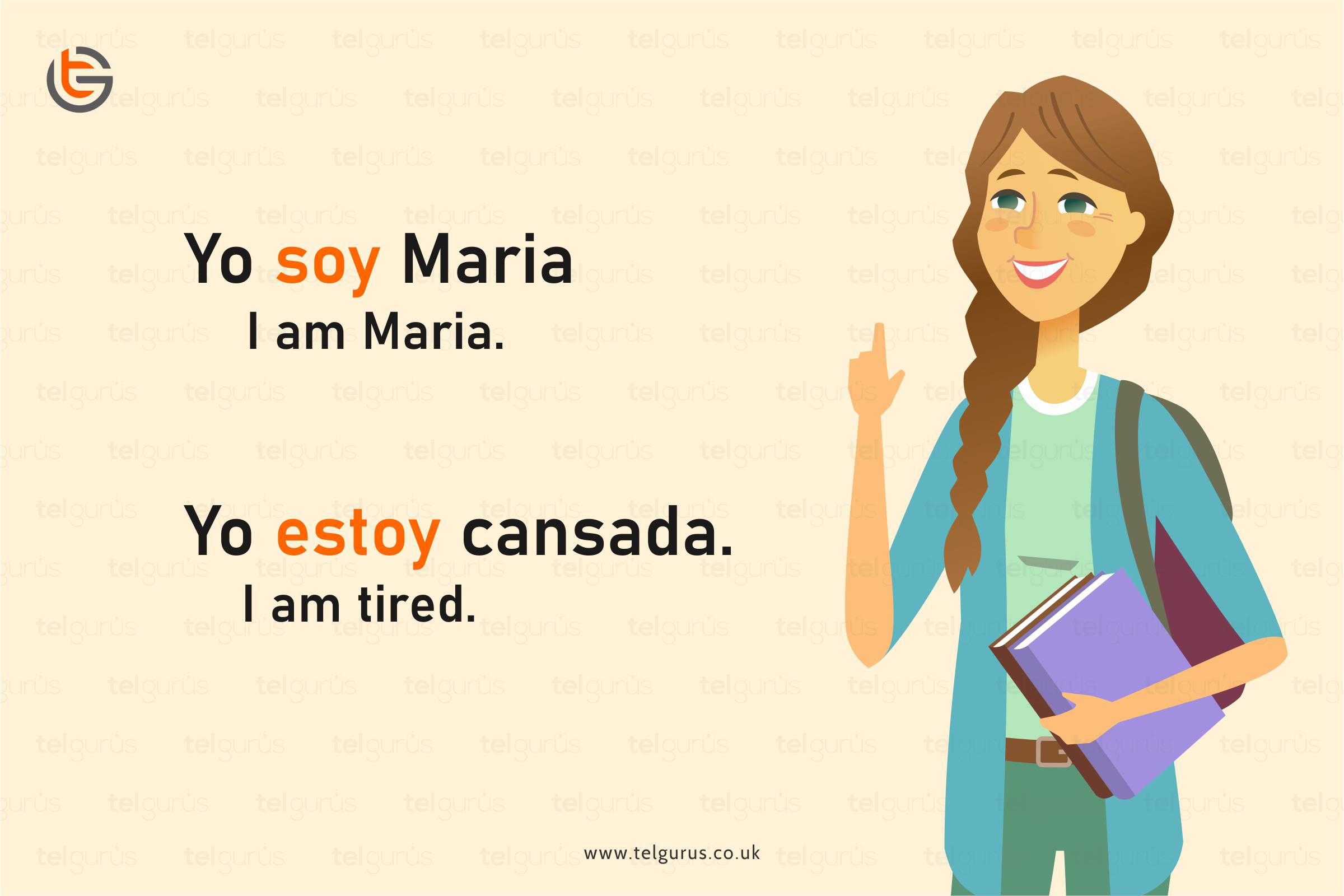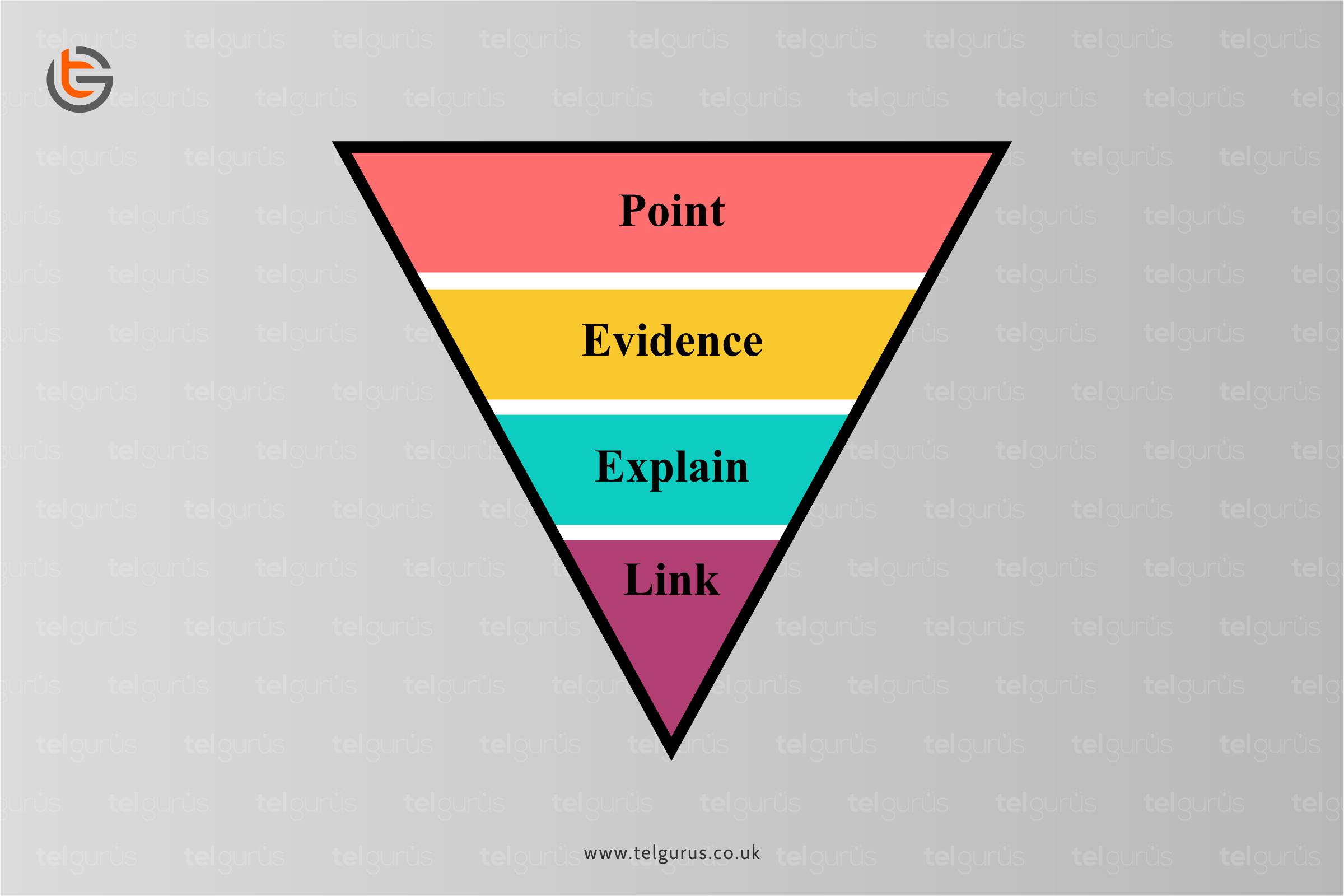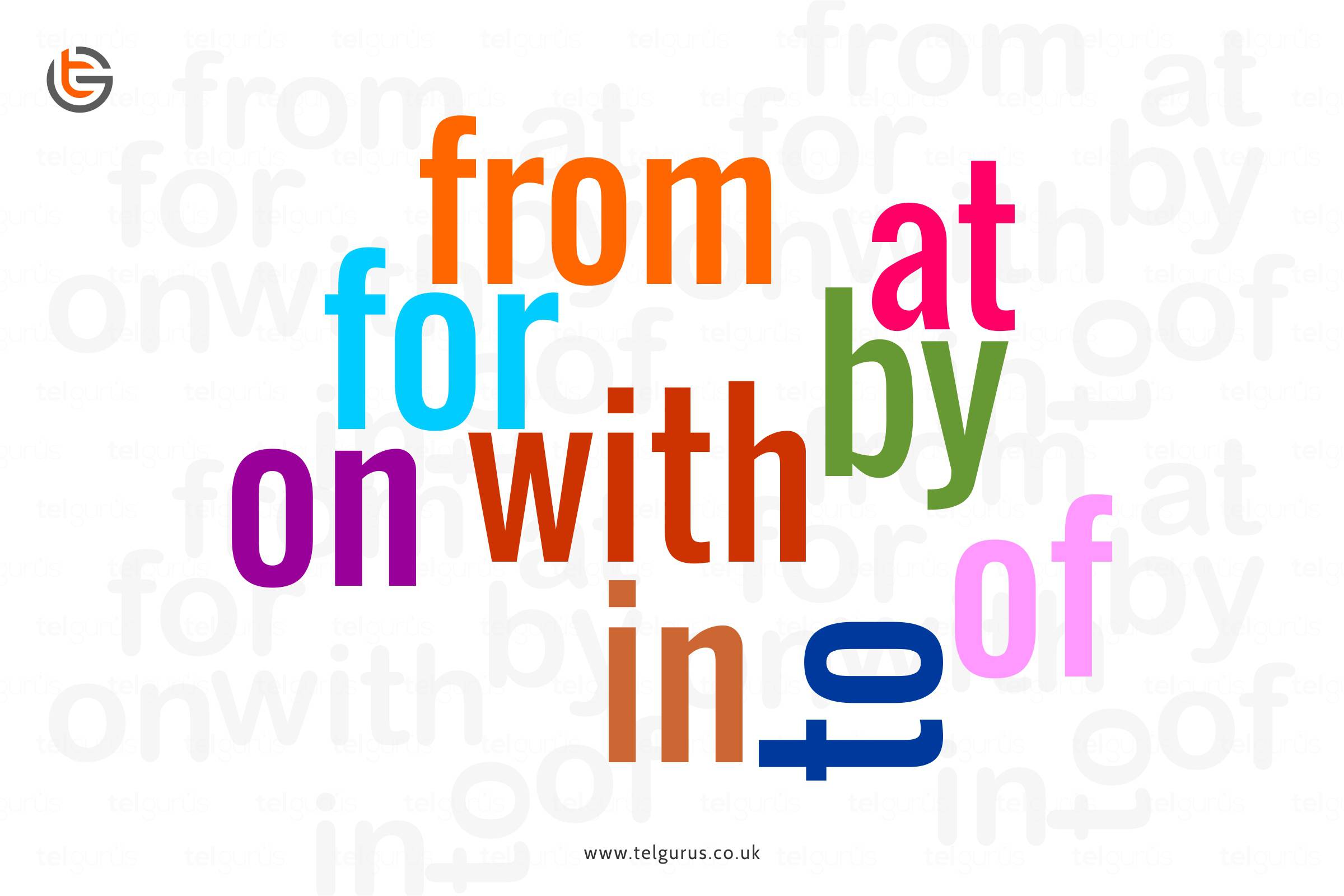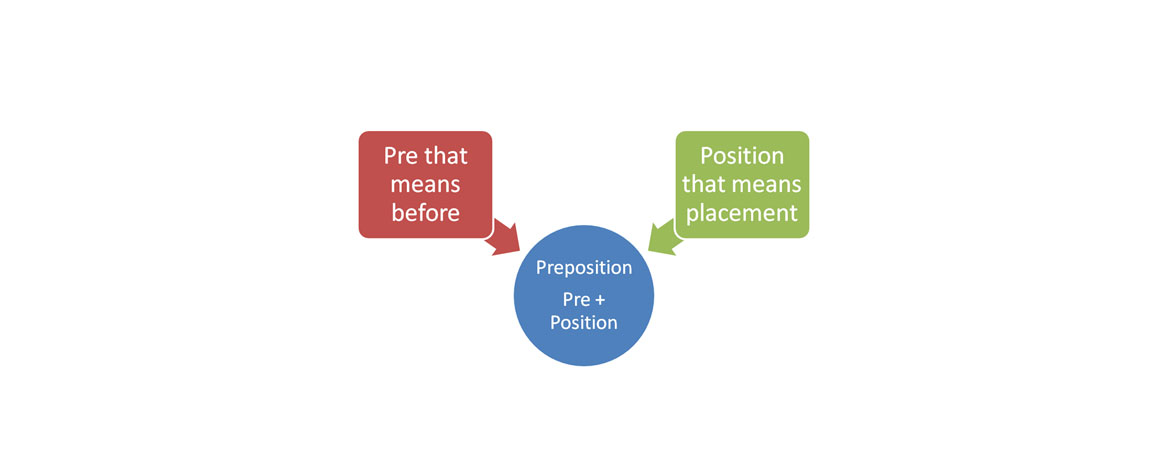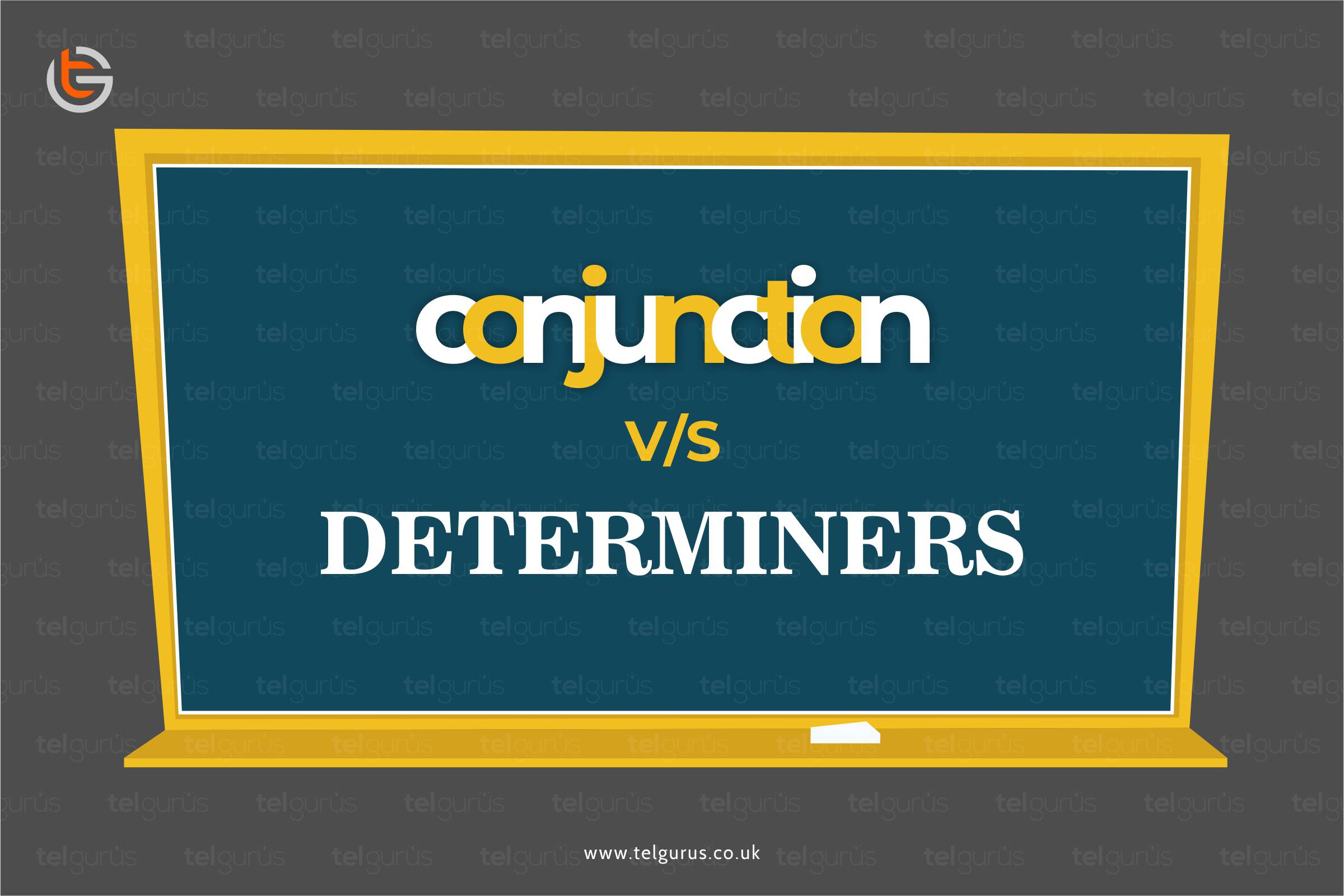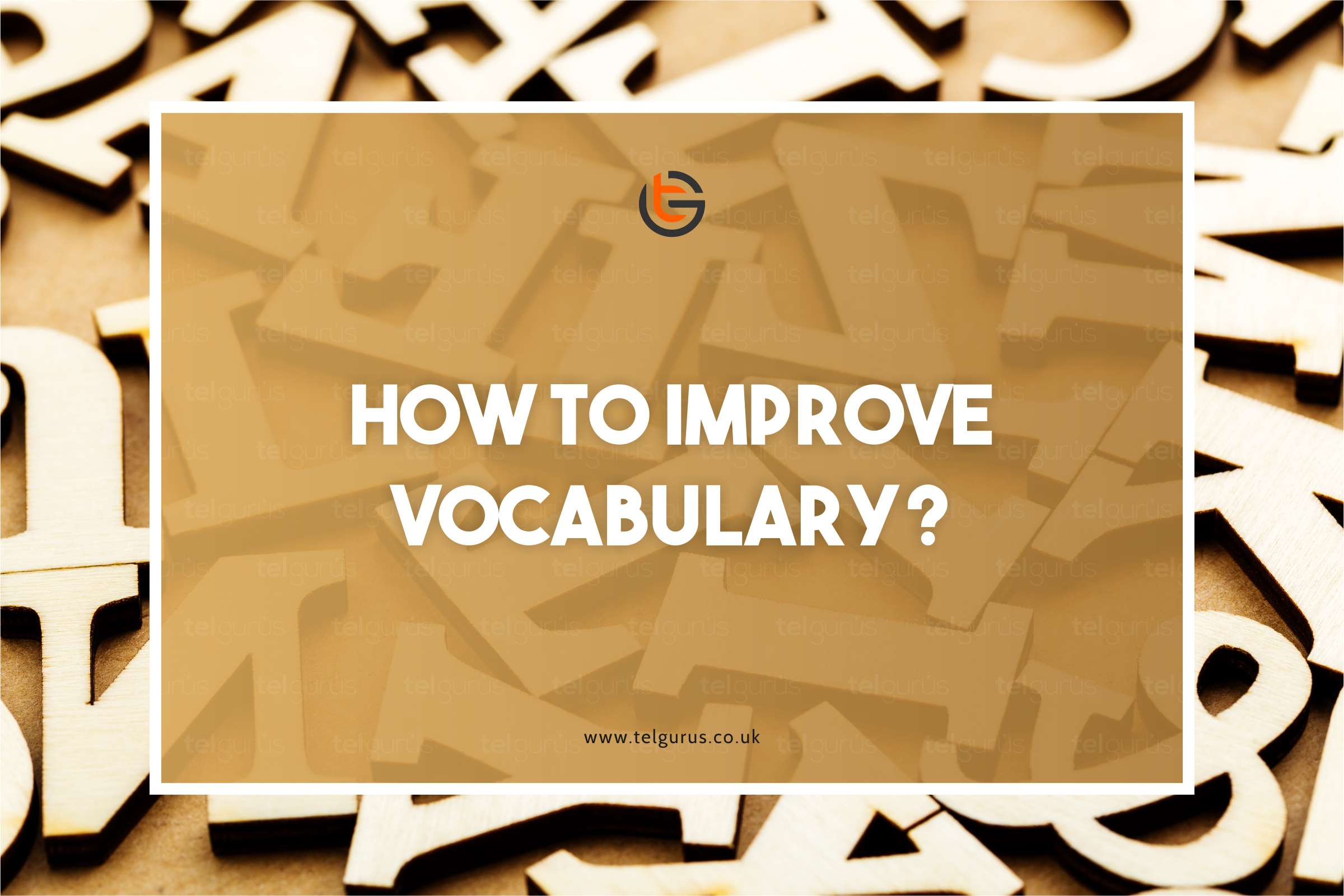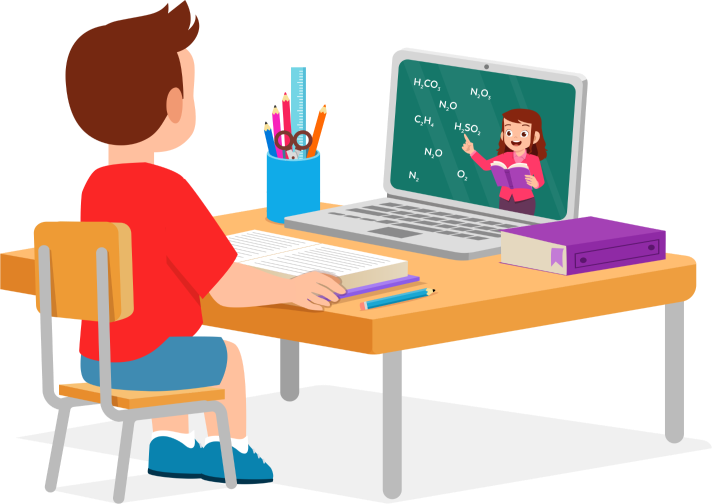Do you know that the term prose is often used in normal day-to-day speech, thinking, or writing?
Well, yes, Prose is a style in which we communicate normally, and it also follows a grammatical structure. It’s a common term used for non-metrical writing.
In contrast, the Verse term is used for metrical writing utilizing a rhythmic structure that is not used in ordinary speech.
Let us emphasize both the terms individually and then learn their differences.
Book Your 60-minutes Free Trial class NOW!
What is Prose?
The Prose is a literary genre type having a loosely defined and simple structure. It is often used in day-to-day communication and is a spoken or written language in its ordinary form devoid of any formal system.
Here in this type, fundamental grammatical rules and natural flow of speech are followed. This indicates that this form comprises paragraphs and sentences that are grammatically correct.
The examples of Prose include encyclopedias, novels, articles, textbooks, etc.
Types of Prose
There are four types of Prose. This includes:
- Non-Fictional Prose: Non-fictional Prose refers to a literary composition comprising fact-based materials or based on a true story.
- Fictional Prose: Fictional Prose refers to the one that is partially or fully fictional. It may include short stories, movies, etc.
- Heroic Prose: Heroic Prose refers to the literary composition recited or written with a set form of words. It is often found in oral tradition.
- Prose Poetry: Prose Poetry refers to the literary work signifying poetic quality using highly intense figurative language and emotional effects. This form combines poetry and Prose.
Book Your 60-minutes Free Trial class NOW!
What is Verse?
Verse basically refers to one-line poetry that has rhythm. It is often used to indicate any part of the poetry or stanza. It can be said as a line of metrical writing denoting any arrangement or combination of works in poetry whose grouping is known as a stanza.
A poem comprises several verses. It is basically a lyric series that explains a poem’s essence and keeps the thought going.
Types of Verse
The verse is of two types. This includes:
- Free Verse: Free verse refers to the one that doesn’t have any set meter. This indicates that the rhyming scheme is not present, and the poem has no particular pattern.
- Blank Verse: Blank Verse refers to the one where an iambic pentameter. But the blank verse is unrhythmical. It is generally used to indicate passionate events to attract the reader.
Understanding the differences between Prose and Verse
| Parameters | Prose | Verse |
| Definition | It refers to the language in its basic form with no metrical structure. | The verse implies the literary work that is organized utilizing metrical rhythm. |
| What is it | It’s a form of text | It’s a form of poetic composition |
| Language used | Natural language is used here | It is rhythmical and creative |
| Rhyme | Rhyme has nothing to do with this | Rhyme plays a crucial role here |
| Comprises of | It comprises paragraphs and sentences | It comprises stanzas and lines |
| Approach used | A direct or pragmatic approach is used here | An aesthetical approach is used here |
| Written by | It is written by a writer or author | It is written by poet |
Book Your 60-minutes Free Trial class NOW!
Bottom Line!
To conclude the differences, the verse is basically a single line of a poem of the combination of the word in the poem, whereas the prose is a large piece of writing that doesn’t have a consistent rhythm.
Read More – English Questions
View More – Useful links for Your Child’s Development
